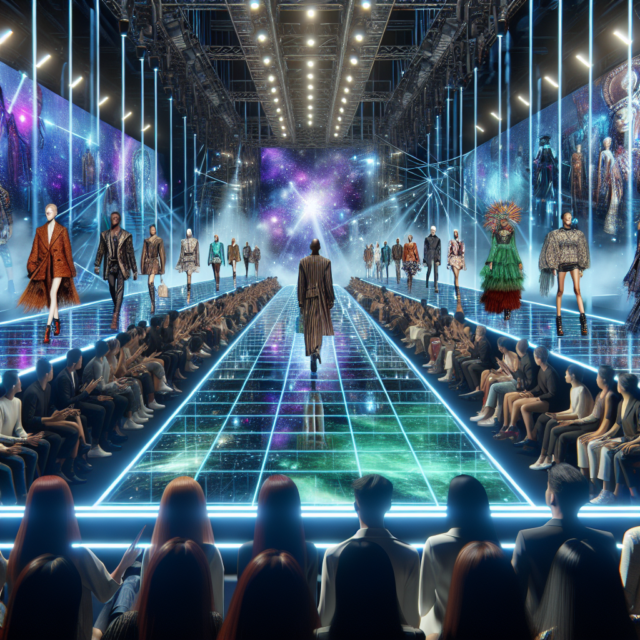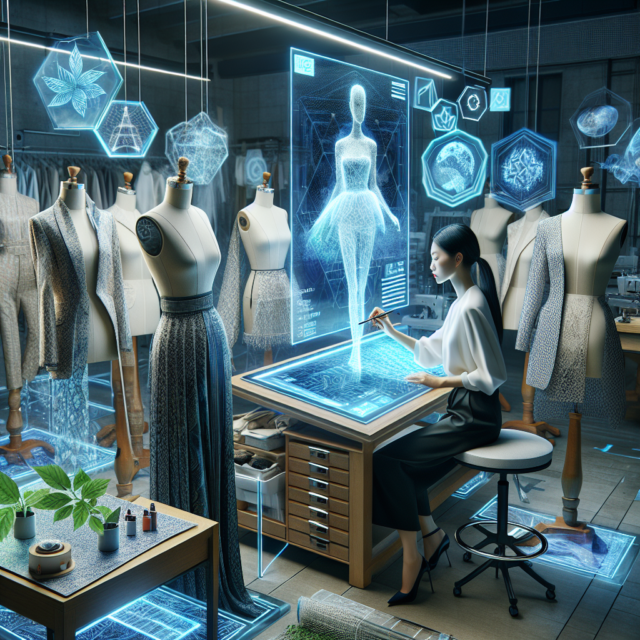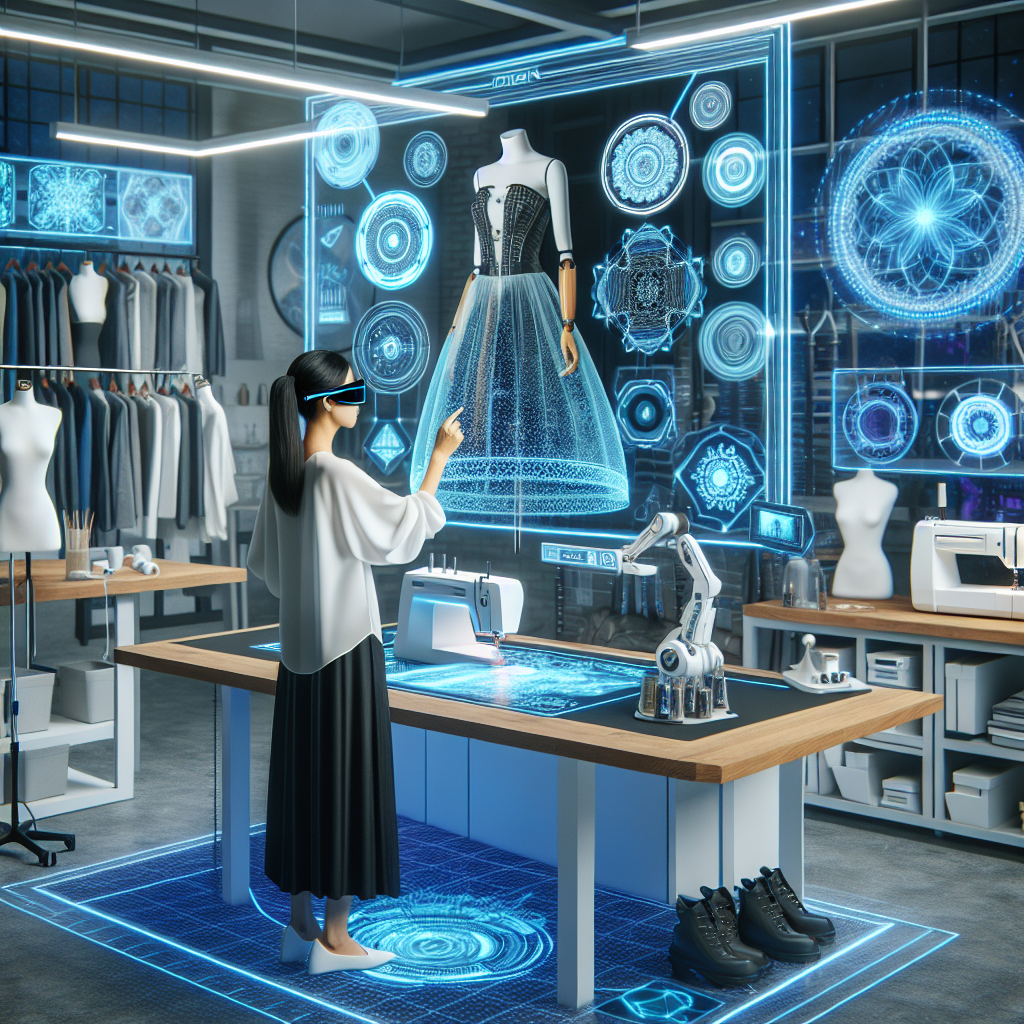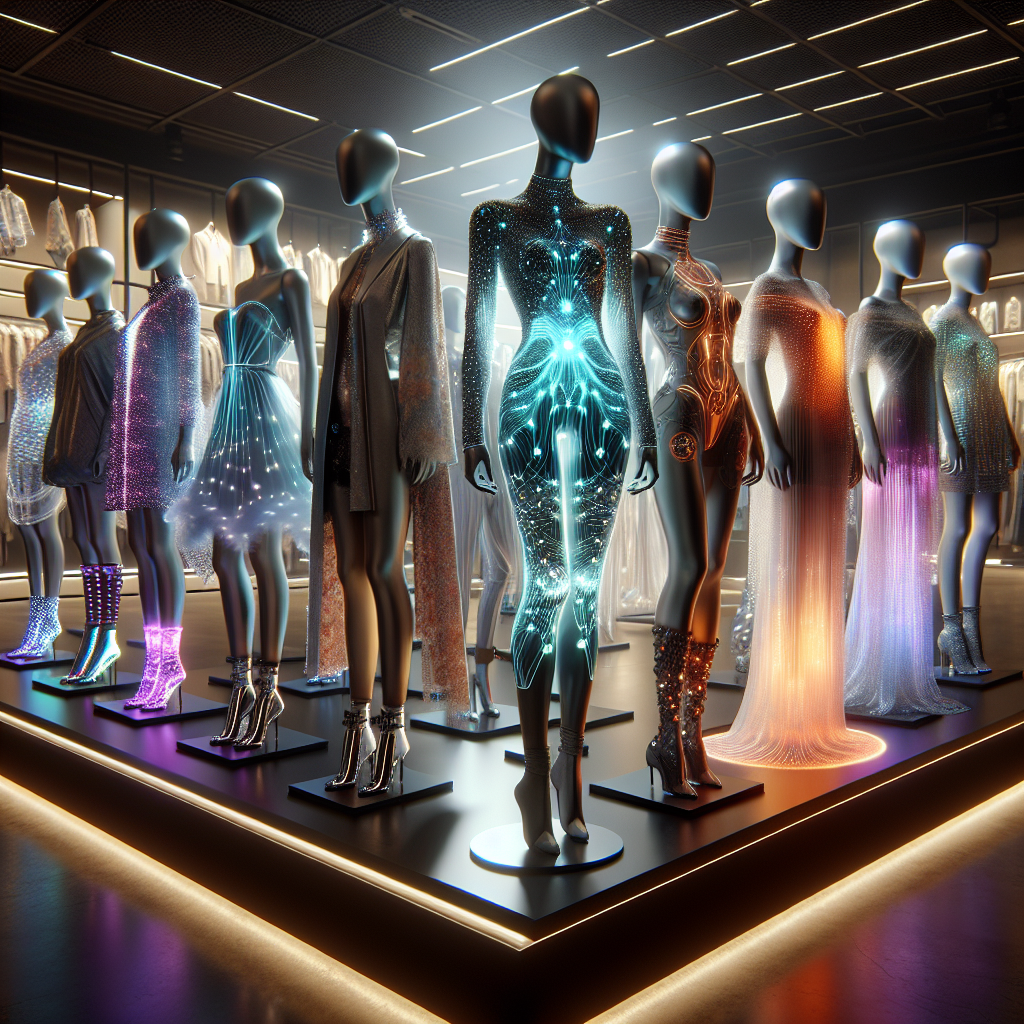AI Fashion: Redefining Style in the Digital Age
In recent years, the fashion industry has undergone a significant transformation, driven by advancements in technology, particularly artificial intelligence (AI). This evolution is reshaping the way designers create, consumers shop, and brands operate. As AI continues to integrate into the fashion world, it promises to redefine style in ways previously unimaginable. In this article, we explore the dynamic intersection of AI and fashion innovation, the impact of algorithms on modern design, and the emergence of virtual runways as the future of fashion shows.
The Intersection of AI and Fashion Innovation
The fashion industry has always been a fertile ground for innovation, with its cyclical nature and relentless pursuit of the new. AI is the latest technological advancement to make waves in this creative field. By leveraging its capabilities, designers and brands are redefining traditional processes and exploring new frontiers. AI has the potential to analyze vast amounts of data, offering insights that were previously inaccessible. This data-driven approach is transforming how fashion trends are predicted, allowing brands to stay ahead of the curve.
One of the most significant impacts of AI in fashion is its ability to personalize consumer experiences. Through AI-powered recommendation systems, retailers can offer personalized suggestions based on individual preferences and past purchases. This level of customization not only enhances the shopping experience but also increases customer satisfaction and loyalty. As a result, brands are able to build stronger connections with their audience, fostering a more engaging and interactive relationship.
Moreover, AI is playing a crucial role in sustainability, an increasingly important issue within the fashion industry. By optimizing supply chains and reducing waste, AI helps brands minimize their environmental impact. Predictive analytics enable companies to produce the right amount of inventory, reducing the likelihood of overproduction and unsold stock. This shift towards sustainability is not only beneficial for the planet but also appeals to the growing number of eco-conscious consumers.
In the realm of design, AI is revolutionizing the creative process. Designers are using AI tools to generate new patterns, styles, and color combinations, expanding their creative horizons. These tools can analyze historical and cultural data to inspire designs that resonate with contemporary tastes. As a result, fashion is becoming more diverse and inclusive, reflecting a broader range of influences and perspectives.
AI is also enhancing the way fashion is marketed and sold. Through advanced image recognition and natural language processing, AI can analyze social media trends and consumer feedback, providing valuable insights into market demands. Brands can then tailor their marketing strategies to target specific demographics more effectively. This data-driven approach not only boosts sales but also helps brands maintain relevance in a rapidly changing market.
Finally, AI is contributing to the democratization of fashion. By providing access to powerful design tools and data insights, it allows smaller brands and independent designers to compete with established fashion houses. This democratization fosters creativity and innovation across the industry, ensuring that fashion remains dynamic and ever-evolving.
How Algorithms Are Influencing Modern Design
Algorithms are becoming an integral part of the design process in the fashion industry, offering a new lens through which creativity is viewed. By analyzing data from various sources, algorithms can identify emerging trends and consumer preferences with remarkable accuracy. This information allows designers to create collections that resonate with their target audience, ensuring their work is both relevant and commercially viable.
The use of algorithms in design extends beyond trend analysis. They are also being employed to generate new ideas and concepts. By processing vast amounts of visual data, algorithms can suggest unique patterns, textures, and color palettes that might not have been considered otherwise. This capability allows designers to explore uncharted territories and push the boundaries of traditional fashion design.
In addition to inspiring creativity, algorithms can streamline the design process, making it more efficient and cost-effective. By automating certain tasks, such as fabric selection and pattern making, designers can focus on the more creative aspects of their work. This efficiency not only speeds up the production timeline but also reduces costs, making fashion more accessible to a broader audience.
Furthermore, algorithms are facilitating greater collaboration between designers and consumers. Through AI-powered platforms, consumers can participate in the design process by providing feedback and preferences. This collaborative approach ensures that the final product aligns with consumer expectations, increasing the likelihood of success in the market.
The influence of algorithms is also evident in the realm of customization. AI enables brands to offer bespoke products tailored to individual preferences, from fit and style to color and fabric. This level of personalization is not only appealing to consumers but also sets brands apart in a competitive market. By leveraging algorithms, fashion companies can create unique, one-of-a-kind pieces that cater to the desires of their clientele.
Lastly, algorithms are playing a pivotal role in addressing the issue of inclusivity within fashion. By analyzing diverse datasets, AI can help designers create collections that cater to a wide range of body types, skin tones, and cultural backgrounds. This inclusivity ensures that fashion is representative of the diverse world we live in, fostering a sense of belonging and acceptance among consumers.
Virtual Runways: The Future of Fashion Shows
The traditional fashion show, with its grand catwalks and exclusive audiences, is undergoing a transformation in the digital age. Virtual runways, powered by AI and augmented reality (AR), are emerging as the future of fashion shows, offering a new way to experience the latest collections. These digital platforms provide an immersive experience that transcends geographical boundaries, making fashion shows accessible to a global audience.
Virtual runways offer numerous advantages over traditional fashion shows. They eliminate the need for physical venues, reducing the environmental impact and logistical challenges associated with organizing large-scale events. This shift towards digital showcases aligns with the industry’s growing emphasis on sustainability, making it an attractive option for eco-conscious brands and designers.
Moreover, virtual runways provide an opportunity for greater creativity and innovation in presentation. Designers can experiment with digital environments, using AI and AR to create immersive experiences that enhance the storytelling aspect of their collections. These virtual showcases can incorporate interactive elements, allowing viewers to engage with the designs in ways that were not possible with traditional shows.
The accessibility of virtual runways is another significant benefit. By removing the barriers of location and exclusivity, these digital platforms democratize the fashion show experience. Viewers from around the world can attend, regardless of their physical location or social status. This inclusivity fosters a sense of community among fashion enthusiasts and broadens the reach of designers and brands.
Virtual runways also offer valuable data insights that can inform future collections. By analyzing viewer engagement and feedback, designers can gain a deeper understanding of consumer preferences and trends. This information enables them to refine their designs and marketing strategies, ensuring that their work resonates with their audience.
Finally, the rise of virtual runways is paving the way for new business models within the fashion industry. Brands can leverage digital platforms to sell directly to consumers, bypassing traditional retail channels. This direct-to-consumer approach not only increases profit margins but also allows brands to build stronger relationships with their audience. As virtual runways continue to evolve, they are poised to become a central component of the fashion industry’s future.
As AI continues to permeate the fashion industry, it is clear that its impact is both profound and far-reaching. From redefining design processes to revolutionizing fashion shows, AI is reshaping the way we perceive and interact with fashion. As technology advances, the possibilities for innovation and creativity within the industry are limitless. This digital transformation is not only enhancing the consumer experience but also ensuring that fashion remains relevant and inclusive in the modern age. As we look to the future, it is evident that AI will continue to play a pivotal role in shaping the style and substance of the fashion world.




















